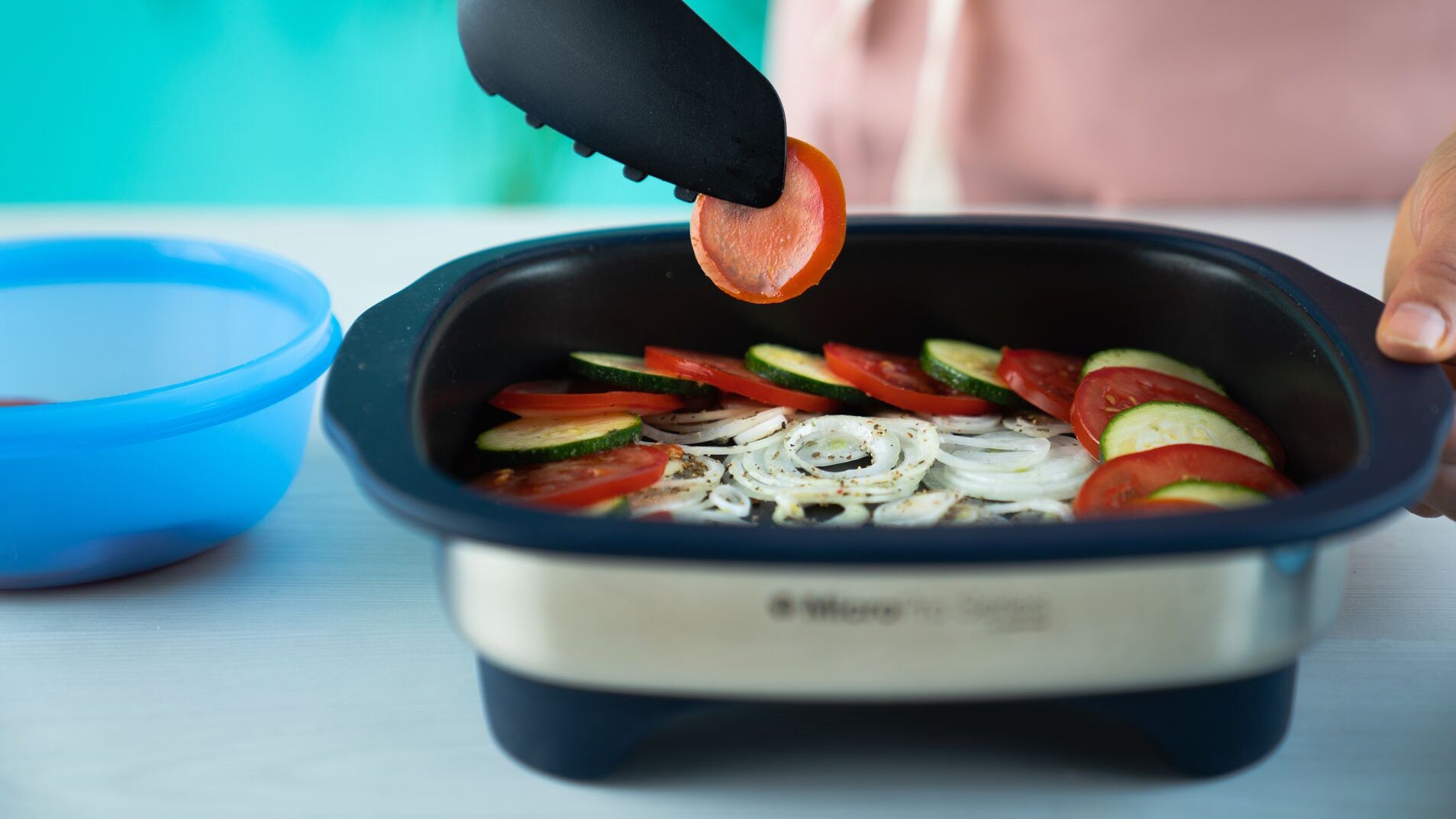Tupperware wants to jump from grandma’s cupboard into the cool kids’ homes
(CNN) — Tupperware wants to be where the cool kids play.
The 76-year-old brand is on a quest to grab the attention of Millennials and Gen Zers, and wants to become as relevant in their everyday lives as it was for their grandmas and moms.
But to get on their radar, Tupperware has to show up in ways that matter to younger shoppers.
That means shedding its throwback to its Mad Men-era image, and positioning Tupperware products as buzz-worthy, high-utility and with an environmentally-friendly purpose.
That repositioning is already underway for Tupperware.
In early October, Tupperware’s signature plastic food storage products popped up nationwide on the shelves of Millennial and Gen Z-favorite retailer Target, a move that marked a major shift in the company’s history.
Generally the company has sold its containers solely and famously through in-home “Tupperware parties” or through its own website — save for brief and limited pilot programs with retailers HomeGoods, Bed Bath and Beyond, and Target itself.
The brand, whose products are distributed in nearly 70 countries and made in the US and overseas, including in Mexico, Brazil and Belgium, logged annual sales of $1.6 billion in 2021.
Tupperware Brands CEO Miguel Fernandez said the entry into Target is part of the brand’s reinvention, which includes plans to grow the business through multiple retail channels and get its products in front of younger consumers who’ve never even heard of Tupperware parties.
“Tupperware is a part of American culture. It’s an iconic and huge brand. We want to make the business as big as the brand,” said Fernandez.
It might be a goal fueled by necessity.
While Tupperware has achieved cultural icon status — it’s even in the permanent collection at the Smithsonian — for establishing the food storage category, its decades-long market dominance has gotten chipped away by competition from a rush of players in the space that include other popular brands such as Rubbermaid, Glad, Pyrex, Oxo and Ziploc.
In its most recent quarter, the company reported an 18% drop in net sales versus a year ago.
It blamed the sales erosion on challenges such as pandemic-triggered lockdowns in its key overseas markets like China significantly hurting its direct sale business and consumers pulling back their overall spending because of inflation.
Tupperware’s stock is also under pressure, down 70% year-over-year.
Taking over the kitchen
Fernandez wants Tupperware to go well beyond containers and claim the full circle of meal prep in the kitchen — from storing ingredients in its containers to cooking food using Tupperware gadgets and then putting the leftovers back into — what else — Tupperware containers.
To that end, the company, which has more than 8,500 functional design and utility patents for kitchen and home products, from storage bins for onions and garlic to a pressure cooker designed to work in a microwave, has for years been innovating and developing products other than containers that might appeal to next generation consumers.
“One crazy product is our MicroPro Grill,” said Fernandez, which he said has been selling out in Tupperware’s direct sales channel. “Most consumers don’t know about it.”
It lets you grill in the microwave and can make grilled cheese sandwiches, burgers or even steak. “We imagine this for someone who lives in an apartment in New York City and you can’t really do outdoor grilling but you can use this,” he said.
Another idea is to collaborate with a fridge manufacturer to have a line of refrigerators that come outfitted with Tupperware storage containers inside.
“In two to three years, we want to be in many more categories, from knives, cookware and containers to products for your microwave, freezer to garage storage solutions. We want to be maybe in every room in the house,” said Fernandez.
How do you make plastic sustainable?
Gen Z, even more than Millennials, are a sustainability-oriented generation. So how does Tupperware surmount the obvious challenge of selling plastic products to them?
Fernandez said Tupperware is cognizant of the challenge and is taking steps to make itself a more responsible and environmentally-conscious company.
He listed Tupperware’s partnership with TerraCycle’s circular reuse platform Loop, in the company’s effort to reduce waste. Tupperware is expanding its container offerings to include more sustainable materials like glass and stainless steel and is making some products from used mixed plastic waste that would have otherwise ended up in landfills, he said.
Tupperware containers, in a way, also could be helping to also reduce food waste.
“About 10% of meals consumed last year in the US were leftovers,” said Fernandez. “We’d like to think those were many meals that were stored in the fridge in Tupperware products.



